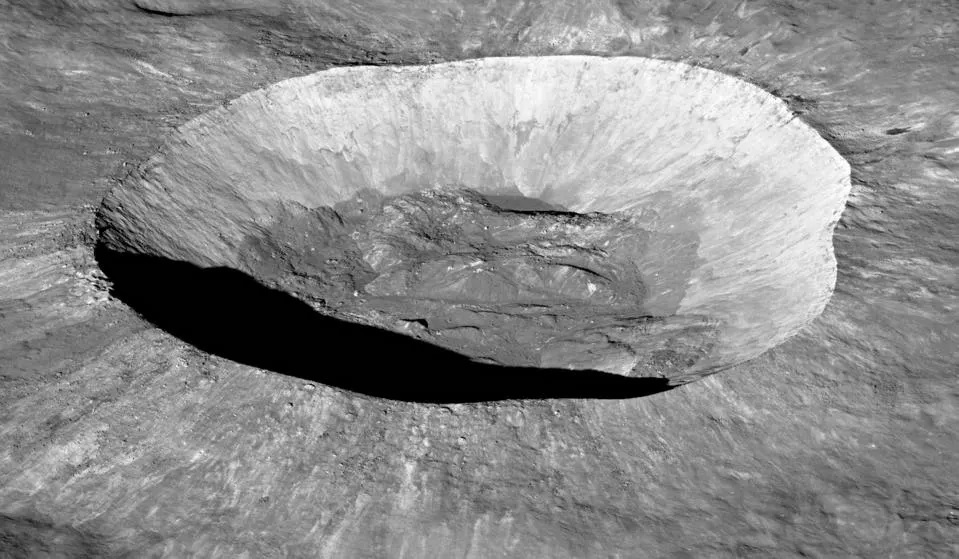Earth’s second natural quasi-satellite is actually a piece of Moon
The asteroid known as Kamo’oalewa, often dubbed Earth’s "second moon," appears to have originated from our very own lunar neighbor. Utilizing advanced computer models, scientists have traced its source to the Giordano Bruno crater (pictured below, thanks NASA) located on the far side of the moon.
Despite the common belief that near-Earth asteroids like Kamo’oalewa typically hail from the Main Asteroid Belt between Mars and Jupiter, this particular celestial object seems to have a lunar lineage, according to a study published in the Nature Astronomy.
Discovered in 2016 by the Pan-STARRS telescope array in Hawaii, Kamo’oalewa, also designated as 2016 HO3 and named for its Hawaiian meaning of "oscillating celestial object," measures between 130 to 330 feet (40 to 100 meters) in diameter, roughly comparable to the size of the famous Statue of Liberty in New York.

It orbits our star but exhibits a peculiar synchronized movement with Earth, appearing as a quasi-satellite.
The recent findings suggest that Kamo’oalewa’s journey originated from the Giordano Bruno crater, a relatively youthful crater estimated to have formed within the past 1 million to 10 million years. This conclusion was reached through extensive numerical simulations, requiring substantial computational power to explore various impact scenarios.
Our Moon may have actually sprinkled the Solar System with thousands of fragments and many of them may have set out their courses around the Sun.
China's upcoming Tianwen-2 mission aims to shed more light on Kamo’oalewa and other intriguing celestial bodies. It will visit Kamo’oalewa next year, making the first attempt to study an asteroid of such modest dimensions.
As for the so-called "dark side" of the Moon where the Giordano Bruno crater resides, in reality it receives just as much sunlight as its near side, but remains largely unexplored.
***
NewsCafe relies in its reporting on research papers that need to be cracked down to average understanding. Some even need to be paid for. Help us pay for science reports to get more interesting stories. Use PayPal: office[at]rudeana.com or paypal.me/newscafeeu.







